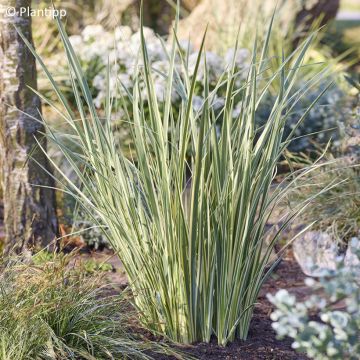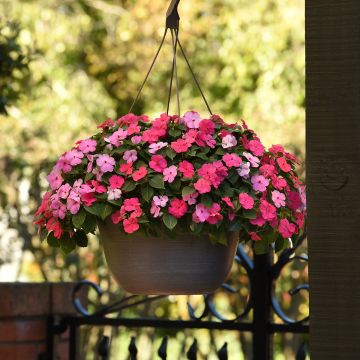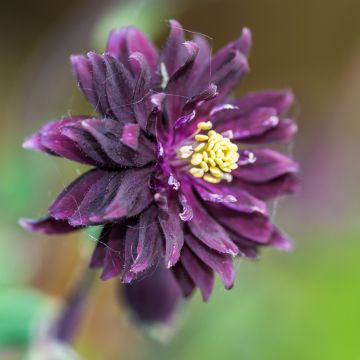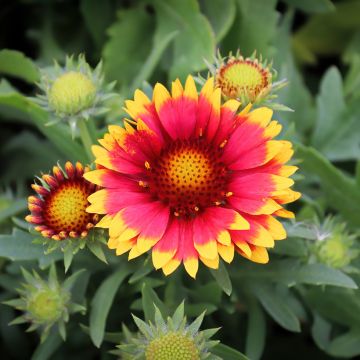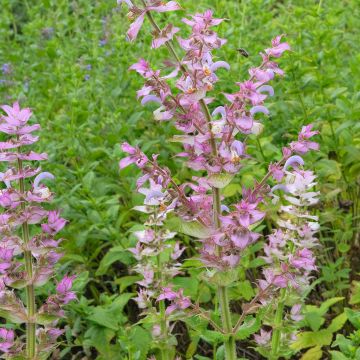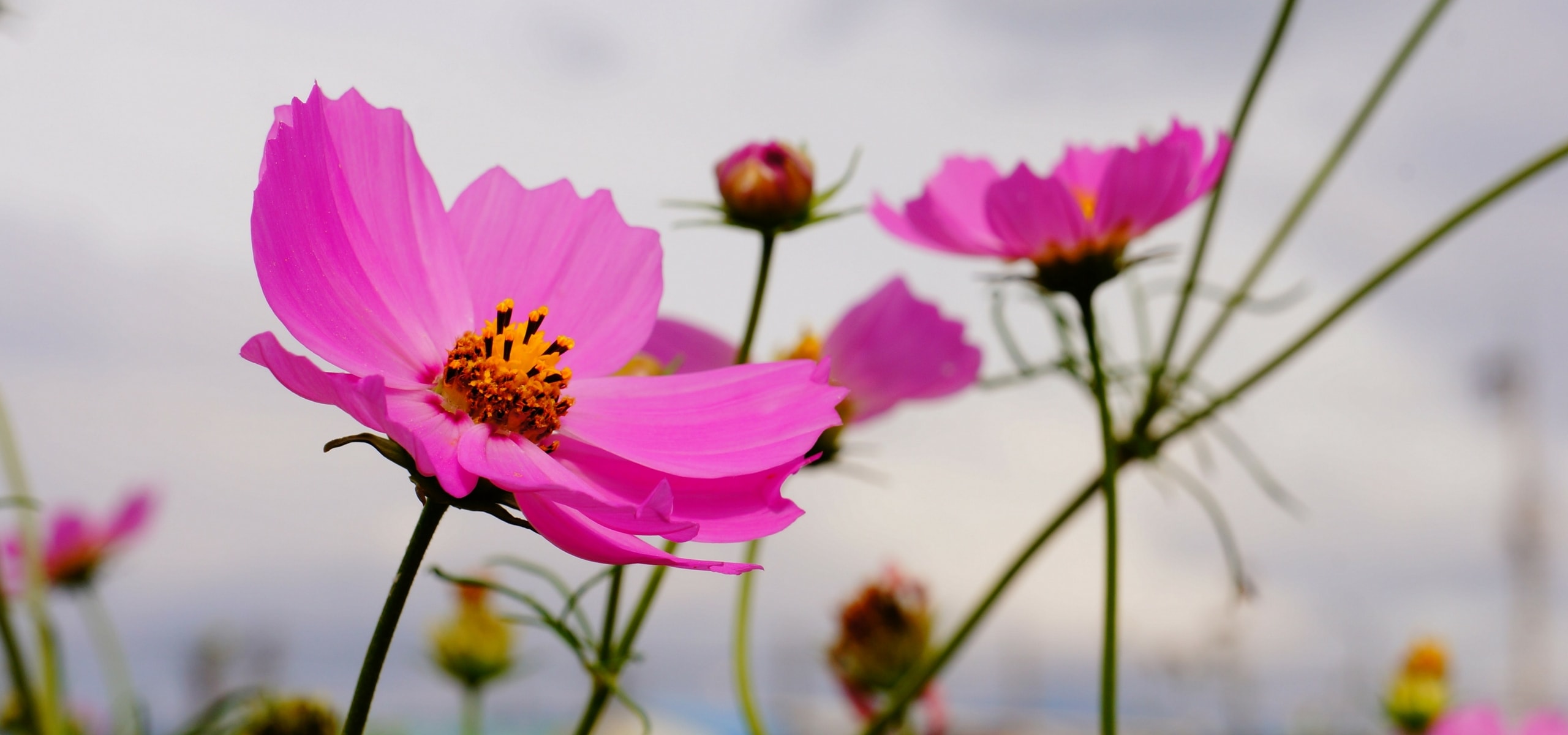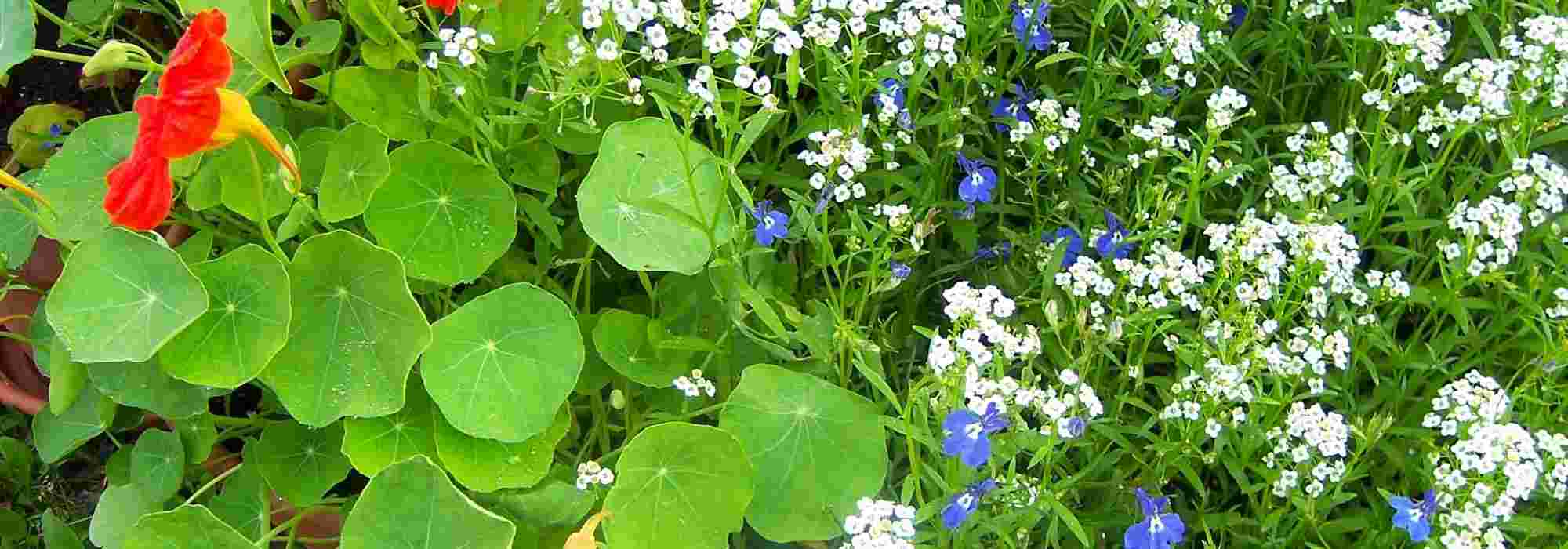

Phormium Rainbow Striped Hybrids
Phormium tenax Rainbow Striped Hybrids - seeds
Phormium tenax Rainbow Striped Hybrids
New Zealand Flax, Harakeke
Special offer!
Receive a €20 voucher for any order over €90 (excluding delivery costs, credit notes, and plastic-free options)!
1- Add your favorite plants to your cart.
2- Once you have reached €90, confirm your order (you can even choose the delivery date!).
3- As soon as your order is shipped, you will receive an email containing your voucher code, valid for 3 months (90 days).
Your voucher is unique and can only be used once, for any order with a minimum value of €20, excluding delivery costs.
Can be combined with other current offers, non-divisible and non-refundable.
Why not try an alternative variety in stock?
View all →This plant carries a 6 months recovery warranty
More information
We guarantee the quality of our plants for a full growing cycle, and will replace at our expense any plant that fails to recover under normal climatic and planting conditions.
Does this plant fit my garden?
Set up your Plantfit profile →
Description
Phormium tenax Rainbow Striped Hybrids or New Zealand Flax is a tall perennial plant grown for the beauty of its long lanceolate leaves striped with multiple colours.
As its name suggests, Phormium tenax Rainbow Striped Hybrids is native to New Zealand where it grows in marshy meadows, riverbanks, and near the coast. The European climate is cooler in winter, so it should be planted in a warm and sunny location in moist but well-drained soil. It can withstand temperatures down to -5°C (23°F), beyond which its crown should be protected with a good layer of mulch and winter cover. In the coldest regions, grow it in a pot will to allow the plants to be brought indoors for winter protection.
New Zealand Flax forms a large clump of V-shaped, folded lanceolate leaves. The clump can reach heights of 150 to 180cm (59 to 71in). The colours are diverse and vary from one plant to another. There is pink, cream, purple, yellow, and green.
The flowers of Phormium tenax Rainbow Striped Hybrids appear in summer in the form of red-purple panicles carried by long, sturdy stems. The flowers are tubular and matte red.
In the garden, Phormium will fit well in the back of a flowerbed alongside other perennial plants, as a solitary specimen in the middle of a lawn, or in a large pot on the terrace.
Report an error about the product description
Flowering
Foliage
Plant habit
Botanical data
Phormium
tenax
Rainbow Striped Hybrids
Agavaceae, Phormiaceae
New Zealand Flax, Harakeke
Oceania
Other Thompson and Morgan seeds
View all →Planting and care
Sow seeds of Rainbow Striped Hybrids New Zealand Flax from February to July in a pot. Use good quality soil, sifted on the surface to bind the seed to its substrate. Before sowing, lightly press the soil with a board. Sow your seeds singly, cover by sprinkling soil or vermiculite on top, lightly press and water generously with a fine rose. Place your tray in light, without direct sunlight, at a temperature of 18°C (64.4°F) to 20°C (68°F). Lower the temperature at night to 18°C (64.4°F) to create a beneficial alternation for germination.
Seed germination will take 1 to 6 months. Keep the soil moist but not wet during growth. Gradually acclimatise them to a temperature of 15°C (59°F) for 15 days before planting them out.
By the end of May or early June, the temperature will be warm enough to plant your young plants out in the garden. Choose a sunny location., add a good shovel of compost to each planting hole and space your plants 150 cm (59in) apart.
Regularly remove faded flowers to avoid exhausting the plant.
Watch out for attacks from mealybugs.
Sowing period
Intended location
Planting & care advice
This item has not been reviewed yet - be the first to leave a review about it.
Haven't found what you were looking for?
Hardiness is the lowest winter temperature a plant can endure without suffering serious damage or even dying. However, hardiness is affected by location (a sheltered area, such as a patio), protection (winter cover) and soil type (hardiness is improved by well-drained soil).

Photo Sharing Terms & Conditions
In order to encourage gardeners to interact and share their experiences, Promesse de fleurs offers various media enabling content to be uploaded onto its Site - in particular via the ‘Photo sharing’ module.
The User agrees to refrain from:
- Posting any content that is illegal, prejudicial, insulting, racist, inciteful to hatred, revisionist, contrary to public decency, that infringes on privacy or on the privacy rights of third parties, in particular the publicity rights of persons and goods, intellectual property rights, or the right to privacy.
- Submitting content on behalf of a third party;
- Impersonate the identity of a third party and/or publish any personal information about a third party;
In general, the User undertakes to refrain from any unethical behaviour.
All Content (in particular text, comments, files, images, photos, videos, creative works, etc.), which may be subject to property or intellectual property rights, image or other private rights, shall remain the property of the User, subject to the limited rights granted by the terms of the licence granted by Promesse de fleurs as stated below. Users are at liberty to publish or not to publish such Content on the Site, notably via the ‘Photo Sharing’ facility, and accept that this Content shall be made public and freely accessible, notably on the Internet.
Users further acknowledge, undertake to have ,and guarantee that they hold all necessary rights and permissions to publish such material on the Site, in particular with regard to the legislation in force pertaining to any privacy, property, intellectual property, image, or contractual rights, or rights of any other nature. By publishing such Content on the Site, Users acknowledge accepting full liability as publishers of the Content within the meaning of the law, and grant Promesse de fleurs, free of charge, an inclusive, worldwide licence for the said Content for the entire duration of its publication, including all reproduction, representation, up/downloading, displaying, performing, transmission, and storage rights.
Users also grant permission for their name to be linked to the Content and accept that this link may not always be made available.
By engaging in posting material, Users consent to their Content becoming automatically accessible on the Internet, in particular on other sites and/or blogs and/or web pages of the Promesse de fleurs site, including in particular social pages and the Promesse de fleurs catalogue.
Users may secure the removal of entrusted content free of charge by issuing a simple request via our contact form.
The flowering period indicated on our website applies to countries and regions located in USDA zone 8 (France, the United Kingdom, Ireland, the Netherlands, etc.)
It will vary according to where you live:
- In zones 9 to 10 (Italy, Spain, Greece, etc.), flowering will occur about 2 to 4 weeks earlier.
- In zones 6 to 7 (Germany, Poland, Slovenia, and lower mountainous regions), flowering will be delayed by 2 to 3 weeks.
- In zone 5 (Central Europe, Scandinavia), blooming will be delayed by 3 to 5 weeks.
In temperate climates, pruning of spring-flowering shrubs (forsythia, spireas, etc.) should be done just after flowering.
Pruning of summer-flowering shrubs (Indian Lilac, Perovskia, etc.) can be done in winter or spring.
In cold regions as well as with frost-sensitive plants, avoid pruning too early when severe frosts may still occur.
The planting period indicated on our website applies to countries and regions located in USDA zone 8 (France, United Kingdom, Ireland, Netherlands).
It will vary according to where you live:
- In Mediterranean zones (Marseille, Madrid, Milan, etc.), autumn and winter are the best planting periods.
- In continental zones (Strasbourg, Munich, Vienna, etc.), delay planting by 2 to 3 weeks in spring and bring it forward by 2 to 4 weeks in autumn.
- In mountainous regions (the Alps, Pyrenees, Carpathians, etc.), it is best to plant in late spring (May-June) or late summer (August-September).
The harvesting period indicated on our website applies to countries and regions in USDA zone 8 (France, England, Ireland, the Netherlands).
In colder areas (Scandinavia, Poland, Austria...) fruit and vegetable harvests are likely to be delayed by 3-4 weeks.
In warmer areas (Italy, Spain, Greece, etc.), harvesting will probably take place earlier, depending on weather conditions.
The sowing periods indicated on our website apply to countries and regions within USDA Zone 8 (France, UK, Ireland, Netherlands).
In colder areas (Scandinavia, Poland, Austria...), delay any outdoor sowing by 3-4 weeks, or sow under glass.
In warmer climes (Italy, Spain, Greece, etc.), bring outdoor sowing forward by a few weeks.


































